In Thrive Apprentice, you can create your online courses in any language you want. In addition to this, all the templates, labels, and overall language settings can be configured so that they are in the same language as your courses.
It’s worth mentioning here that Thrive Apprentice allows you to translate and edit every aspect of your online school. As it is fully customizable, you can make sure that your course labels, templates, topics, call-to-action-buttons, and many more are set in whatever language you need.
We have separate articles about how you can translate each of these, and I will be liking them throughout the article.
However, this article offers a more general overview of the ways in which you can translate your online school and what resources from our knowledge base might be of use to you.
First, head over to your Thrive Apprentice dashboard:
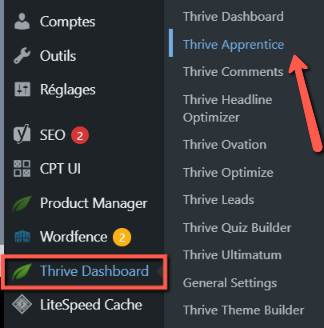
In the dashboard that opens, you will be able to either access the “Settings” section and start translating labels, buttons, and so on, or you can head over to the “Design” section and start translating the templates. We will focus on both aspects in this article.
If you are using the legacy editor, then this article might be useful to you:
Thrive Apprentice Course Editor
In the Thrive Apprentice course editor is where you will be able to add your course content, overview and summary in any language you need:
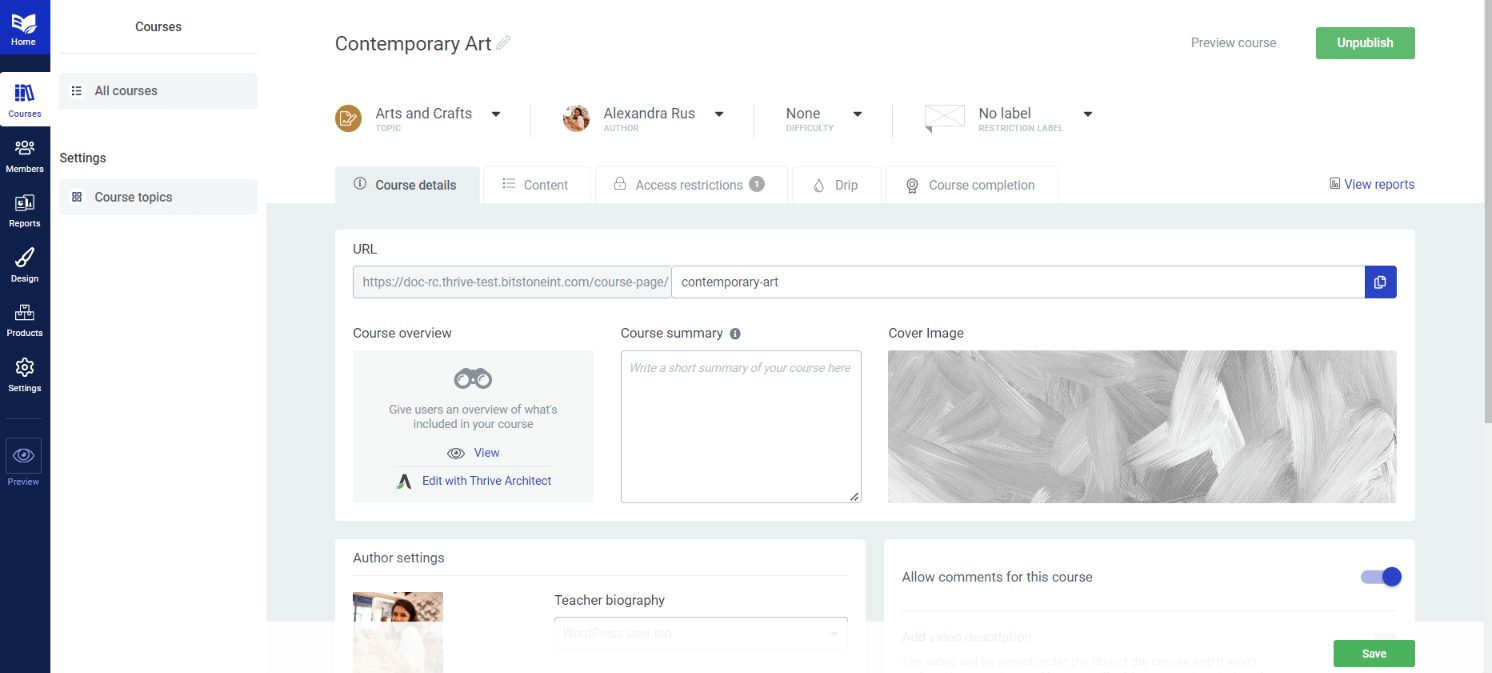
What you can also do here is to translate the default “Course topics” and difficulty levels.
Here’s how to do that:
Click on the “Course topics” label of the left side navigation bar:
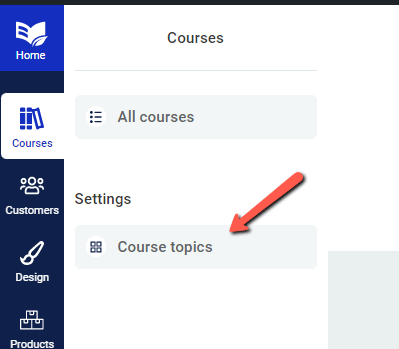
This will take you to this dashboard, where, besides adding or removing the already existing topics, you can also edit them:

Click on the pencil icon next to the topic you want to translate, and type in your own translation:
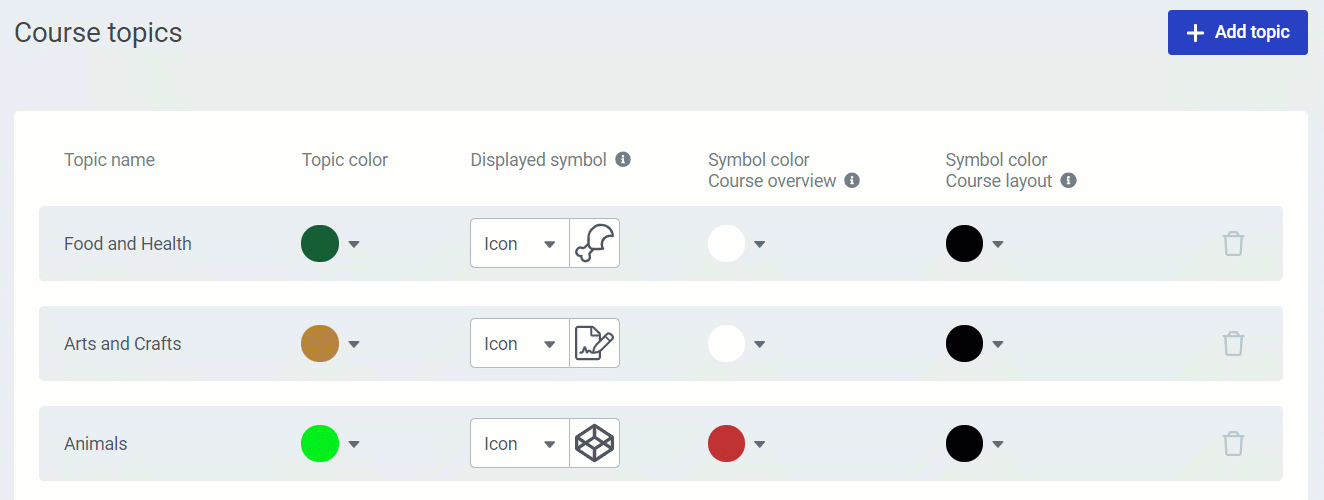
Back in the Thrive Apprentice course editor, look for the difficulty level dropdown list:

Here as well, you will be able to add or remove the difficulty levels, or edit the already existing ones by clicking on the pencil icon:
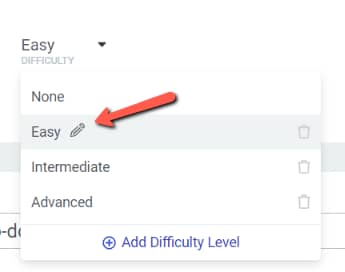
You can edit all the difficulty levels and add the translated version of them:
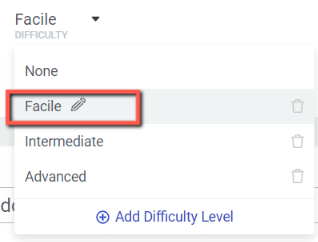
These are the parts that can be translated in the Thrive Apprentice course editor. Let’s have a look at the labels that can be translated from the “Settings” section of your Thrive Apprentice.
Thrive Apprentice Settings
Go to the “Settings” tab of your Thrive Apprentice navigation bar:

And here, you will have to access the “Labels & translations” section:

This is where you will be able to modify the labels and buttons available throughout your courses.
You can simply click on the label or button text that you want to modify and replace the already existing text with your own:
Amongst the things you can translate here are:
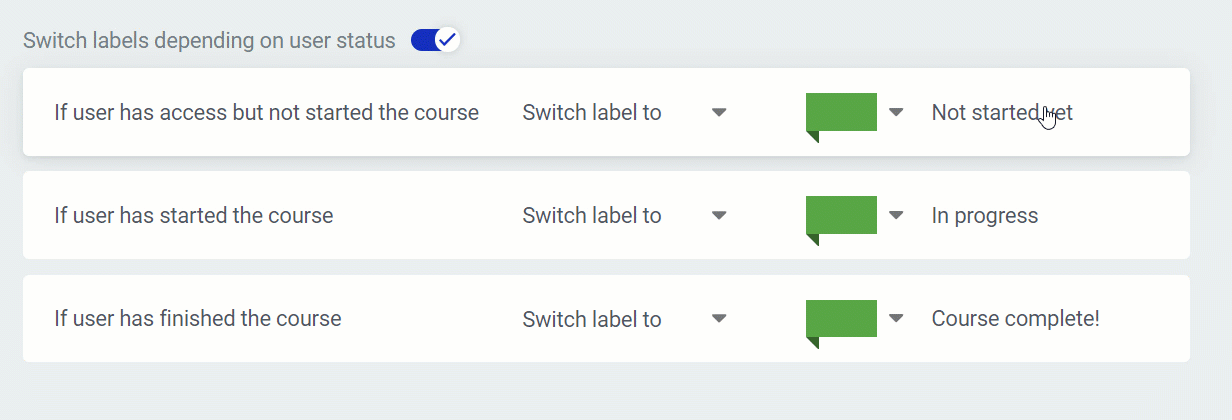 |
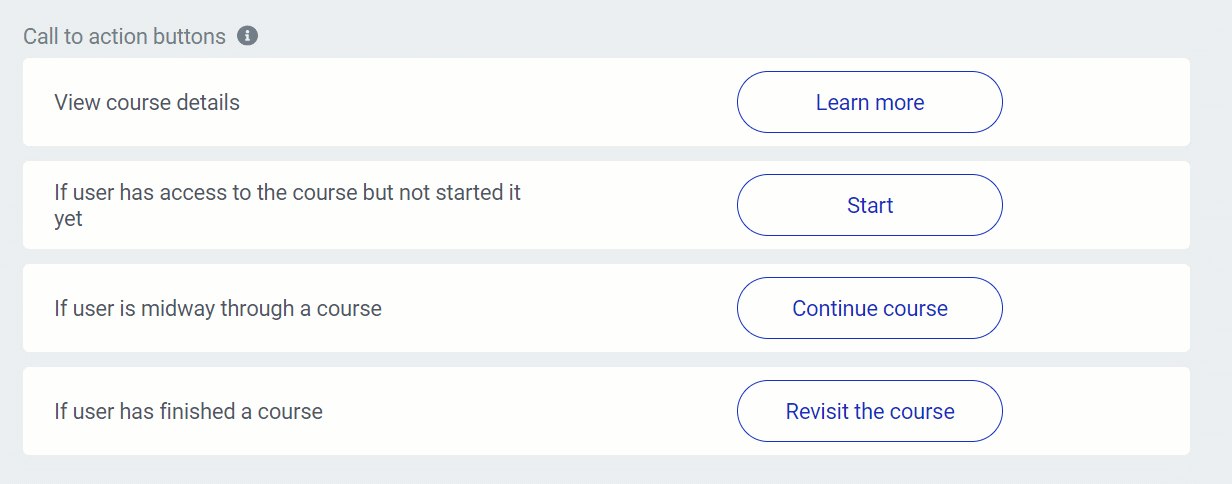 |
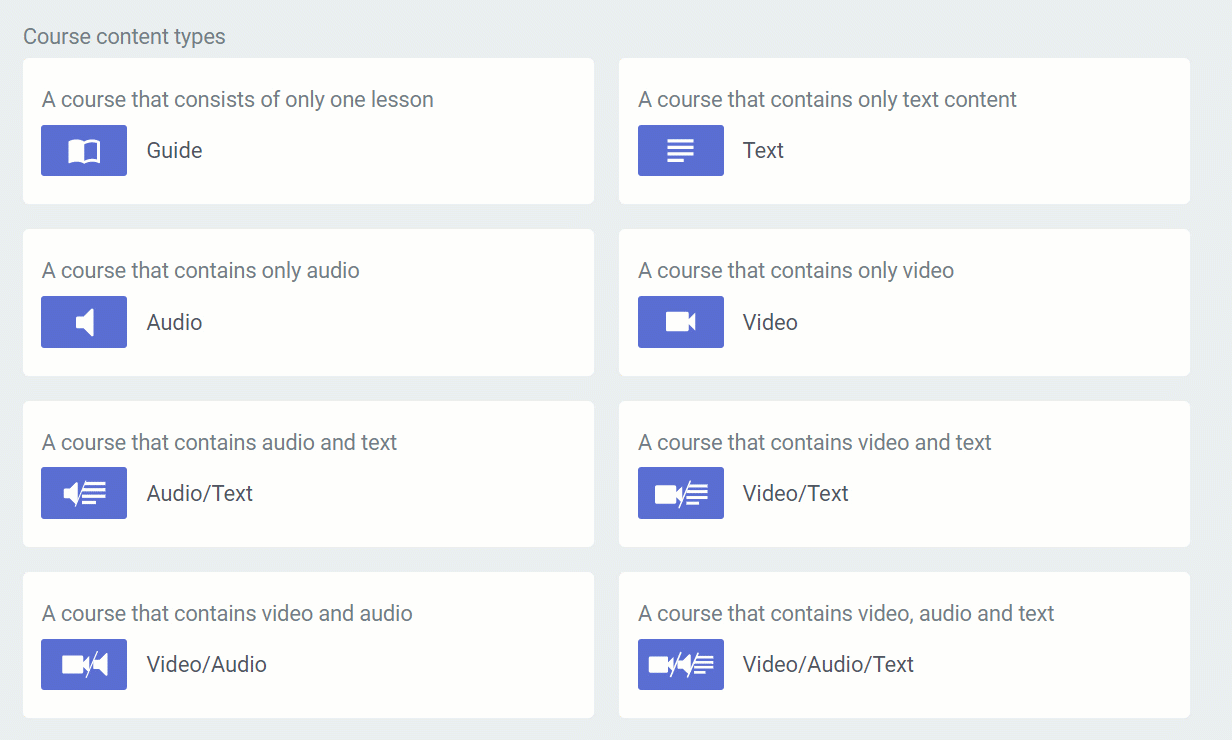 |
 |
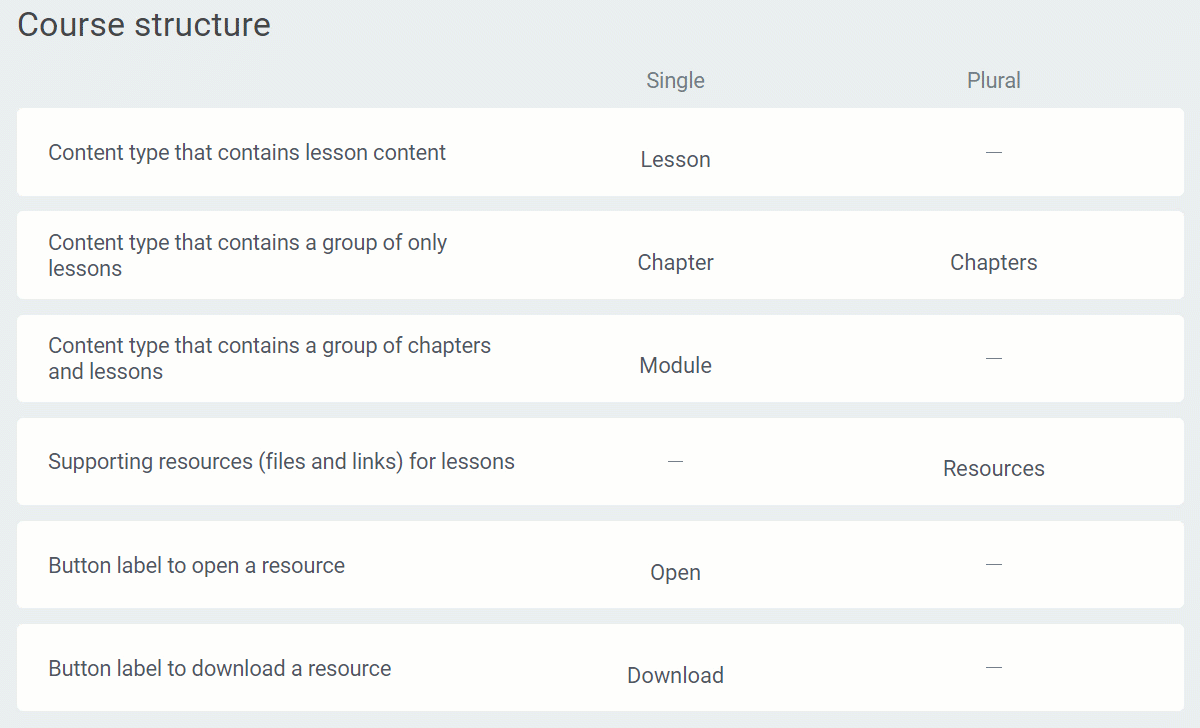 |
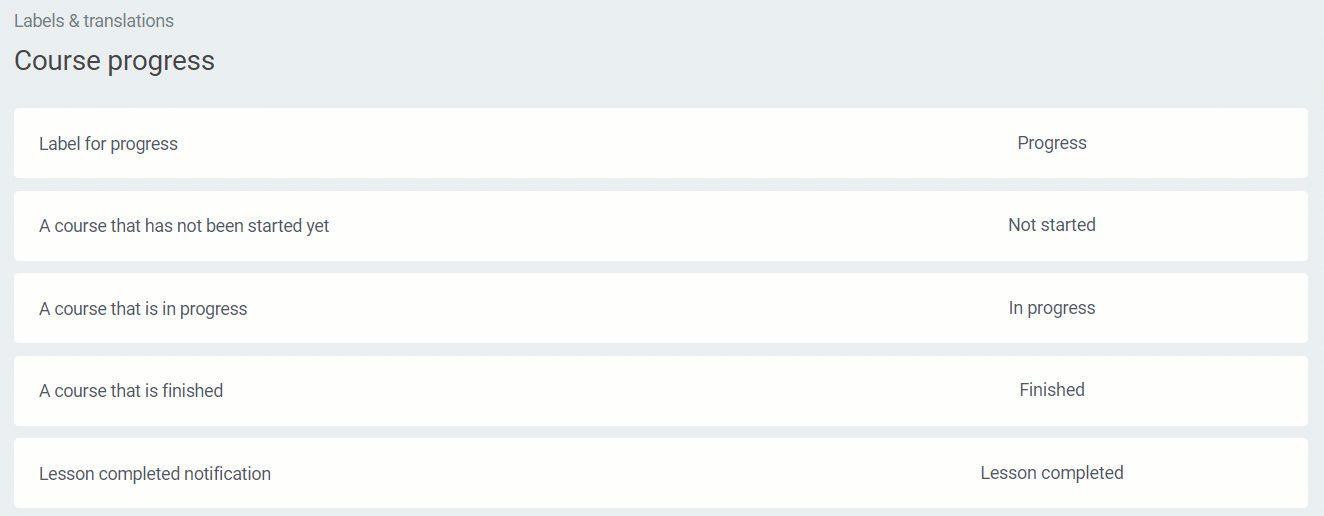 |
Here are some articles for each of the sections located under the “Labels & translations” section:
- How to Use the Dynamic Access Restriction Labels in Thrive Apprentice
- How to Use the Call to Action Buttons when Setting Up Thrive Apprentice Dynamic Labels
- How to Use the Course Content Types, Navigation, and Structure and Progress Sections in Thrive Apprentice
Thrive Apprentice Templates
Another part of your Thrive Apprentice that you can translate is the templates section.
In order to access it, click on the “Design” tab of your navigation bar:
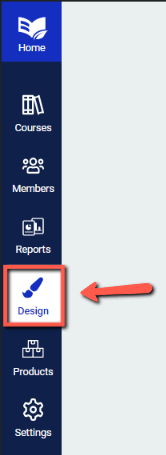
Here, click on “Edit Design”:
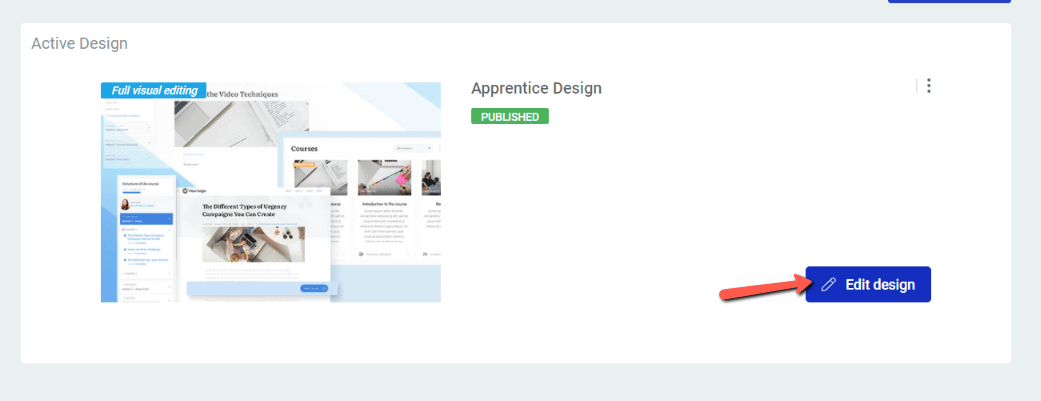
And now head over to your template editor, from the “Manage templates” button:

Here, let’s edit the “Default Lesson” template:
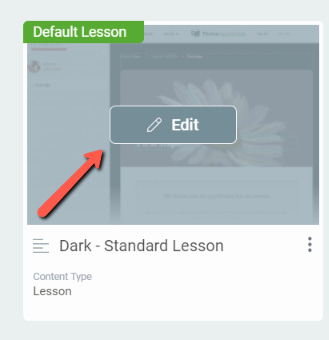
As soon as the template opens, you can see that some labels and buttons that I’ve showcased in the above examples appear in the translated language:
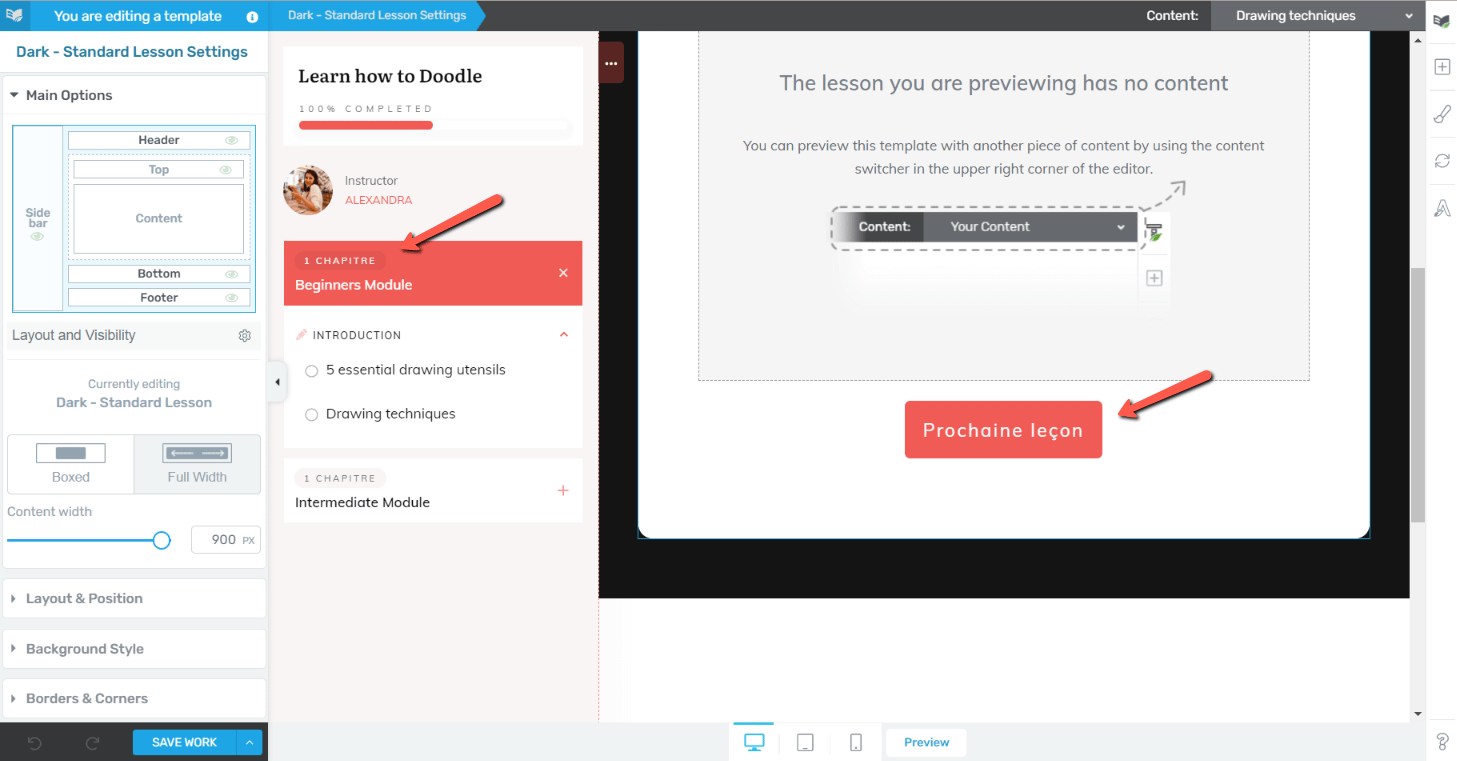
In this editor, you are able to click on various sections and start editing them. For example, you can edit the “Header” area, the “Sidebar Section”, the “Footer” and so on.
Let’s take, for example, the “Sidebar Section”, where you can see that there are still other parts that can be translated (and these are template driven parts, that are not available in the “Labels & translations” section detailed above):
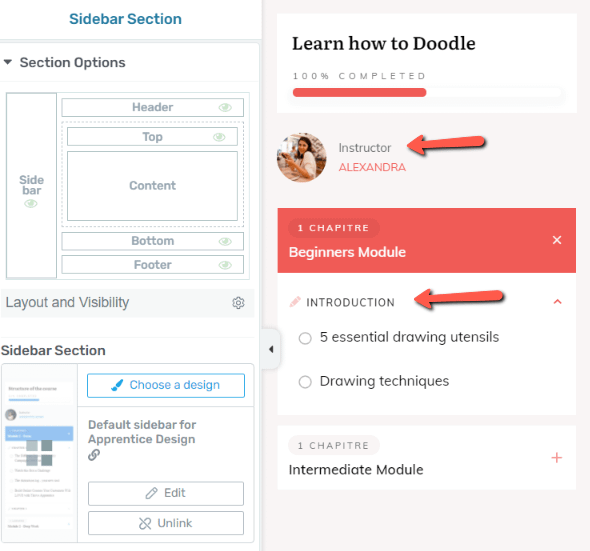
For translating these, you simply have to edit the section on which you want to work (in this case, the sidebar):
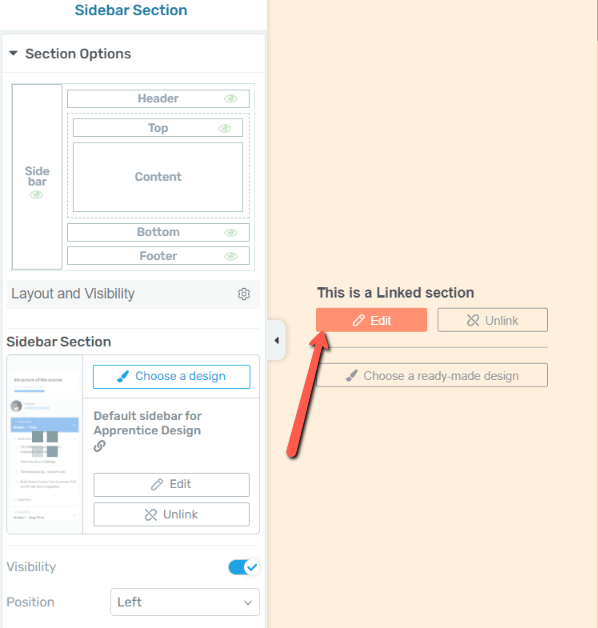
After you click on “Edit” you will notice that most of the sidebar parts have become available for editing:
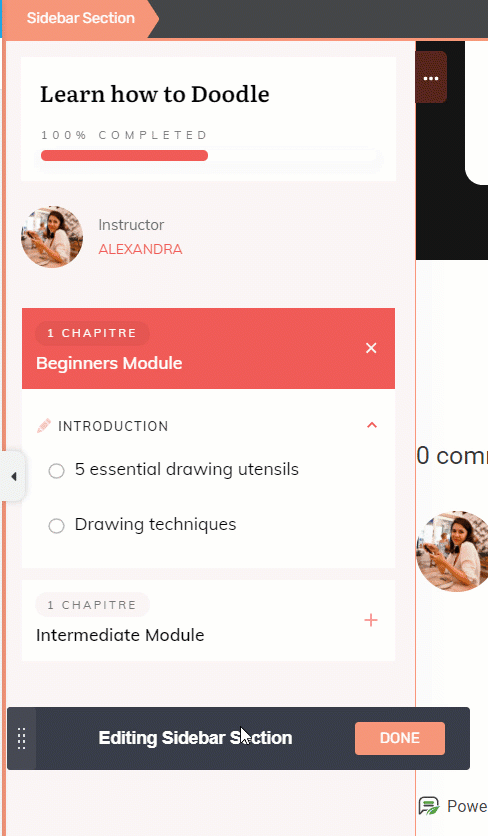
Let’s see another example – the “Footer” section. Select it directly from your template, or use the left sidebar to do that:

Edit the section:

And start changing the parts that are editable:
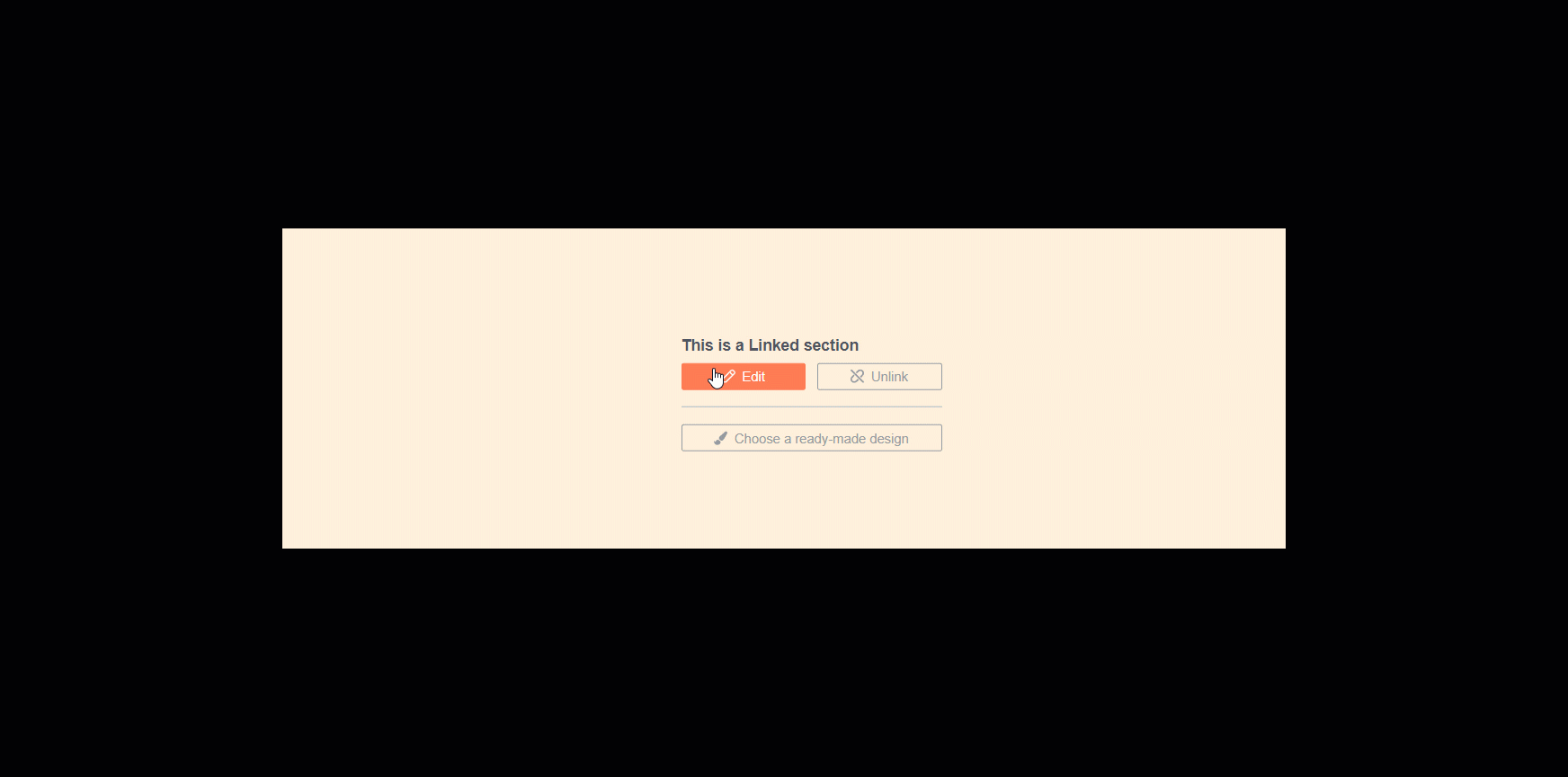
Note: Some parts of your footer (such as the placeholder text for the contact/company details) cannot be edited from here. This is due to the fact that this is data set by you in your WordPress settings and needs to be modified directly from there:
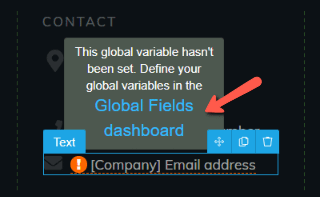
Feel free to click around various parts of your template and see what can be translated directly while you are in this editor. Also, don’t hesitate to customize your template even more with elements from the right sidebar.
You can even jump right into editing your course content in Thrive Architect directly from this editor, if you want:
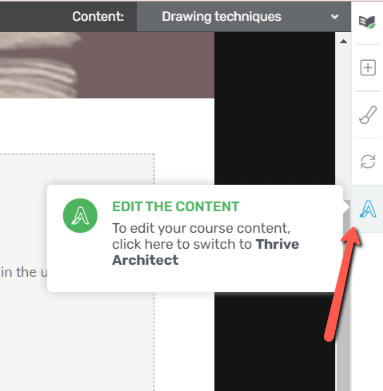
And that’s about it! This is how you can fully translate your online school and get the most out of Thrive Apprentice.
Also, check out these articles from our knowledge base if you want to read more about this topic: